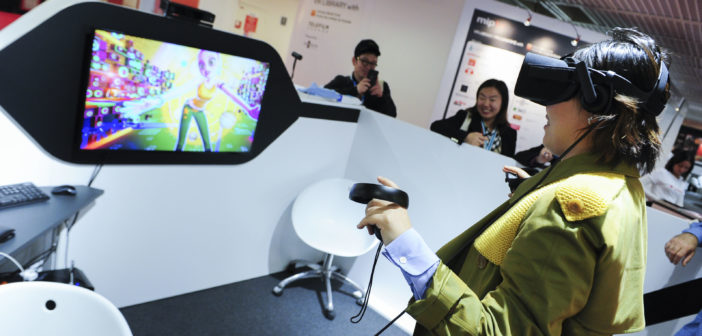The Ultimate Guide to Display Technology: From Evolution to Immersive Experiences

About Course
In today’s digital era, display technology plays a crucial role in shaping our experiences—whether through smartphones, televisions, gaming screens, or augmented reality (AR) and virtual reality (VR) devices. This course takes you on an exciting journey through the evolution of display technology, from the early days of cathode-ray tubes (CRTs) to the latest innovations like OLED, MicroLED, and immersive AR/VR displays. You’ll gain a deep understanding of how modern displays are designed, calibrated, and optimized for different applications, from consumer electronics to military and industrial use.
With a hands-on approach, this course will explore the science behind display interfaces, color accuracy, and user-centered design principles. You’ll also dive into specialized applications such as gaming, digital signage, military rugged displays, and next-gen immersive technologies. Whether you’re a tech enthusiast, a product designer, or a professional in the display industry, this course will equip you with the knowledge to stay ahead in the fast-evolving world of visual technology.
Course Content
Introduction: The Visual Revolution of Display Technology
The Role of Display Technology in Our Lives
00:00Historical Evolution of Display Technology
00:00Importance of Display Technology in Various Industries
00:00